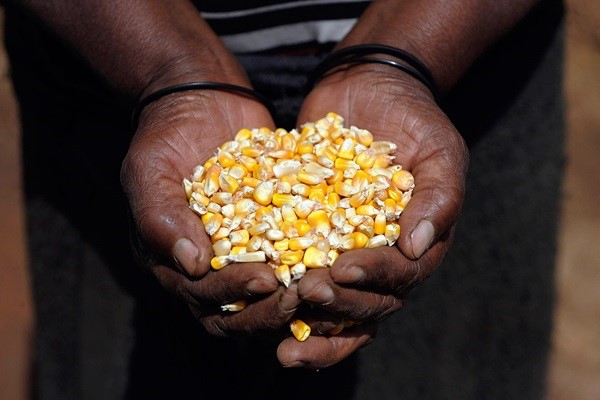Empowering data for sustainable agriculture: FAO conducts SDG 2.4.1 virtual training for the Near East and North Africa

The Food and Agriculture Organization of the United Nations (FAO) organized a regional virtual training for Near East and North Africa (RNE) countries from 1 to 3 July 2025 to enhance national capacities in monitoring Sustainable Development Goal (SDG) indicator 2.4.1: “Proportion of agricultural area under productive and sustainable agriculture.”
As part of FAO’s global efforts to support Member Nations in achieving the 2030 Agenda, the training provided in-depth technical guidance on the methodology, data collection tools, and reporting processes for SDG 2.4.1, an indicator central to measuring progress towards sustainable and resilient food production systems.
The three-day virtual event brought together national focal points and technical officers from ministries of agriculture, environment, and national statistics offices across the RNE region. Through a series of interactive sessions, participants explored the 11 sub-indicators that comprise SDG 2.4.1, spanning the environmental, economic, and social dimensions of agricultural sustainability.
"Today, we gather from various Arab countries in the Near East and North Africa at a time when environmental, economic, and social challenges facing the agricultural sector are intensifying. This indicator comes as a pivotal tool for measuring our progress toward achieving sustainable agriculture, ensuring food security, and preserving natural resources for future generations," stated Mr. Firas Yassin, the Regional Statistician, at the opening of the training.
Led by FAO experts, the training included practical exercises using R software for computing sub-indicators, discussions on national data gaps, and strategies for overcoming reporting challenges. Sessions also introduced data collection tools, including FAO’s standardized farm survey questionnaires and proxy indicators for interim reporting.
“This training helps countries move from intention to action, by building their capacity to generate credible, farm-level data that is critical to designing sustainable agricultural policies,” said Arbab Asfandiyar Khan, FAO statistician and lead facilitator of the training.
Participants engaged in case studies from previous country experiences, shared regional best practices, and mapped short-, medium-, and long-term plans for national adoption of the indicator. The training also highlighted how SDG 2.4.1 data can contribute to broader environmental and climate-related reporting frameworks.
FAO’s work as the custodian agency of SDG 2.4.1 includes providing technical assistance, tools, and guidance to ensure that countries are equipped to track sustainable agriculture in a way that is both context-specific and globally aligned.
Detailed background on SDG 2.4.1 can be found here (Arabic), here (English), here (French); detailed background on the Proxy can he found here (English)
- Methodological documents and supporting material for SDG indicator 2.4.1: http://www.fao.org/3/cb6372en/cb6372en.pdf
- Cost of Production Handbook published by Global Strategy to improve Agricultural and Rural Statistics (GSARS). Additional resources published by GSARS i.e. guidelines, technical reports and working papers on a range of topics related to agriculture and rural statistics can be found here;
- FIES webpage;
- FIES tool and manual to analyze data can be found here;
- World Programme for the Census of Agriculture (WCA) methodology can be found here;
Should you wish to consult the SDG 2.4.1 values reported by countries to date, you may refer to the following links:
- 2.4.1 Agricultural sustainability | SDG Indicators Data Portal | Food and Agriculture Organization of the United Nations (in the “result” section)
- UNSDG selecting 2.4.1
- FAOSTAT selecting 2.4.1
In case you are interested in reviewing the proxy values, please refer to the following links:
- SDG 2.4.1 Proxy
- UNSDG selecting 2.4.1 and then 2.4.1 proxy
- FAOSTAT selecting 2.4.1 proxy
